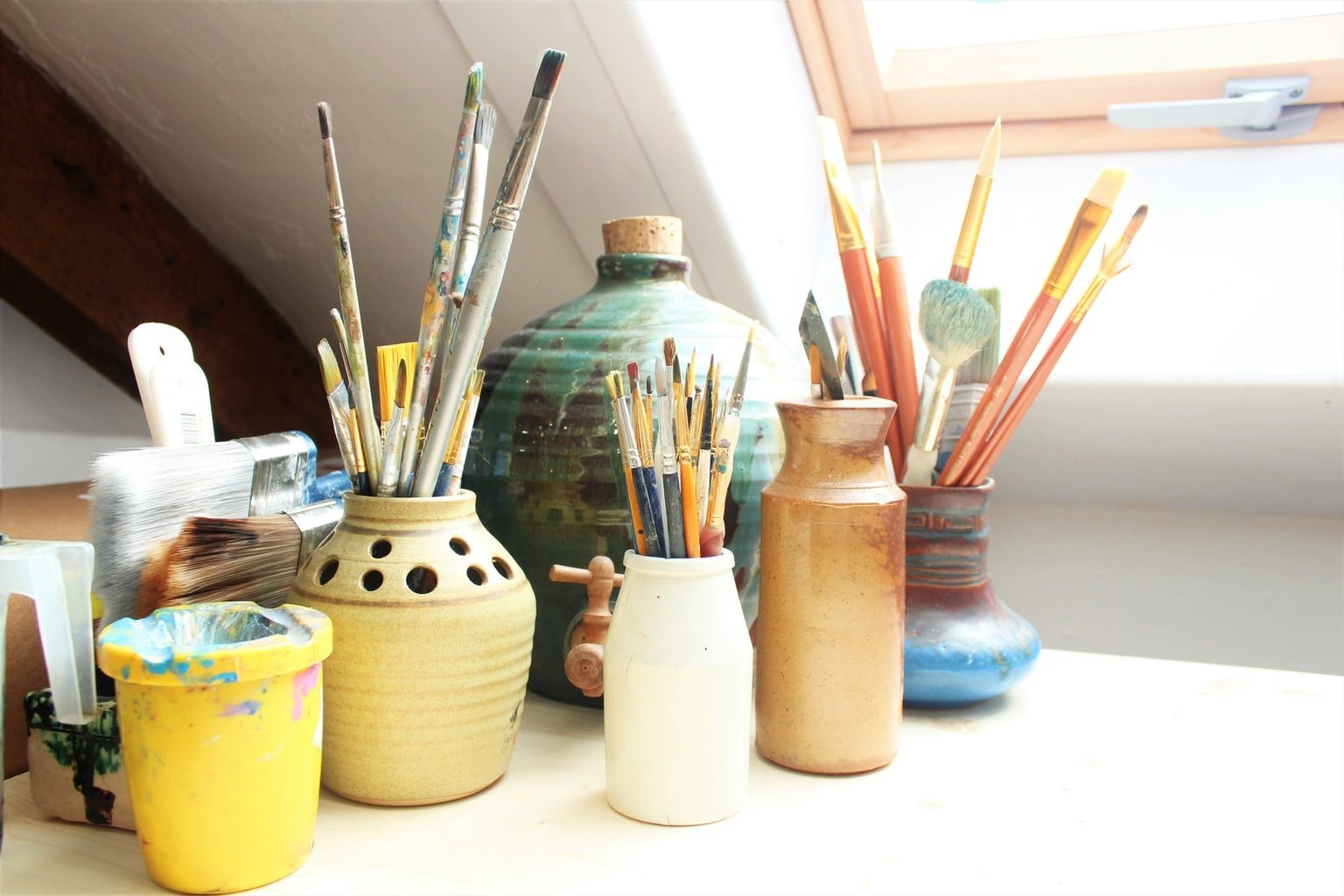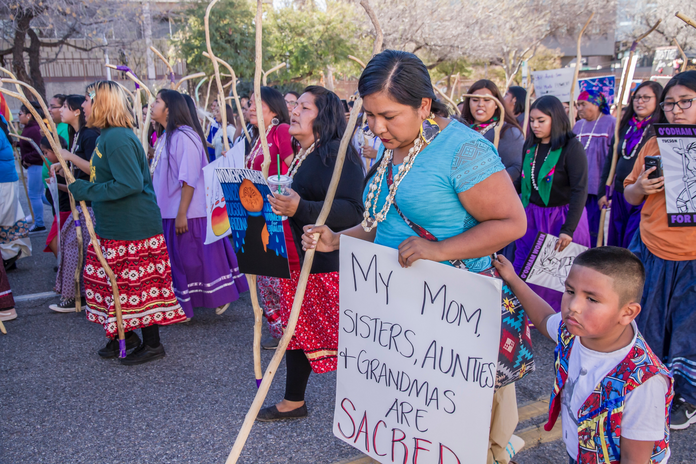Fashion is an outward reflection of who you are to anyone passing by. For Indigenous peoples, fashion can be much more than that. It expresses their culture when specific pieces hold importance in specific tribes. This can be a radical act at times because the United States government has spent a lot of its history suppressing indigeneity and especially the ways that they dress. Indigenous peoples create art in the form of fashion to express pride in culture, to perform in activism and to go against colonization.
For Indigenous peoples, dressing in culturally significant pieces and creating pieces is reclaiming their culture and expressing the pride they have in their culture. For ThunderVoice Eagle, he saw the United States contributing heavily to fast fashion practices, how clothing is viewed as disposable and plentiful. He saw this disposal and mass production hurting Mother Earth and wanted to do something about it. He created his own clothing company, ThunderVoice Hat Co. They collaborate with many cultures in creating hand-chosen hats. He said, “Each hat holds stories, purpose, and the hope that you wear it with pride and meaning.”

Fashion is a form of activism in itself. Indigenous fashion has a history behind it. Clothes tell a story and within some tribes, a new dress is symbolic of a new stage of life. There is the two-hide dress that became popular in the 1830s within the Plains and Plateau tribes. They would make the dress out of deer, elk, or sheep hide. Then, there is the three-hide dress, which was worn during dance ceremonies. For each tribe, different dresses hold different meanings. For the Jicarilla Apache nation, they have a Keesda Ceremony that celebrates puberty for women. During this, a girl will wear a dress that is passed down for generations. The dress has a small beading on a buckskin dress. They wear bone necklaces and shells, the shells representing the changing woman. They are taken off on the last day of the ceremony, signifying a girl transitioning into a woman. Because this dress was worn by ancestors, it honors those late relatives. In general, many Indigenous women share this same experience with clothes that are passed down for generations. Joyce Growing Thunder Forgarty (Assiniboine/Sioux) said, “I’m just the first keeper, it’s not mine. When I dance, I am never alone.”

The last way that Indigenous fashion designers utilize fashion is to fight colonialism. Two designers are actively trying to fight it with their designs, Urban Native Era and Eighth Generation. Urban Native Era creates clothing that says, “You Are on Native Land.” This helps to fight colonialism by reminding anyone who sees this shirt that they are on land that was colonized. It reminds viewers that they are on land that was stolen from Indigenous peoples and continues to hurt those people with corporate greed. The other brand, Eight Generation, is created and owned by the Snoqualmie Tribe in Seattle. Louie Gong (Noosack) began the brand with the intention of making shoes, but it has grown tremendously since then. The brand fights colonialism by addressing the economic impact that cultural appropriation has on Indigenous peoples. Their slogan is “inspired natives, not native-inspired” and they work with many different artists from many different tribes. In an interview with the designer, Louie Gong, he said, “Every fake piece of art has a fake story to go with it. And every fake product represents a missed opportunity for a cultural artist. Fewer people are practicing, because it is hard to make a living from it.” He discusses that their goal is to support Native artists because Native art is disappearing because of the lack of respect towards Native peoples and the protection of Native art. At the end of the day, he does not prioritize the money aspect, but the education and long-term opportunities that come from art.

For Indigenous peoples, fashion can be more than fashion. Indigenous people utilize fashion to outwardly show their pride in their culture, and pieces are symbolic in nature. Fashion also draws awareness of the issue of colonization and cultural appropriation that comes along with it. Indigenous peoples use fashion to be activists, to go against colonization and to express their pride in their indigenous heritage and culture.



